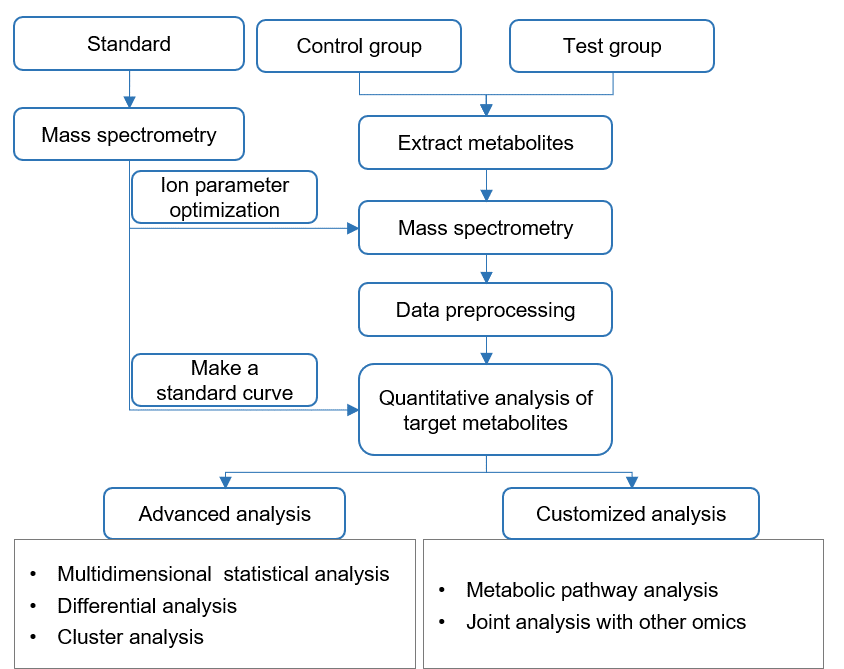v-innovate Technologies' targeted metabolomics services target specific metabolites and pathways of interest, which can accurately monitor dynamic metabolic processes, reveal related metabolic mechanisms and verify potential metabolic biomarkers, to guide your research with reliable and accurate measurement results.
Methyl glucosinolates, also known as heparin gluconate, belong to a class of organic compounds called alkyl glucosinolates.
These are organic compounds containing glucosinolate moieties with alkyl chains.
Glucosinolate is a very weakly alkaline (essentially neutral) compound (based on its pKa).
Methyl gluconate has been detected in several different foods, but has not been quantified, such as capers, cauliflower, horseradish, radish, and mustard.
This may make methyl glucosinolates a potential biomarker for eating these foods.
Its molecular formula is C8H15NO9S2, and its CAS number is 15592-33-3.
MS-based technical means can realize the qualitative and quantitative analysis of methyl glucosinolate.
 Structure of methyl glucosinolate
Structure of methyl glucosinolate
Waters ACQUITY UPLC, MS-SCIEX QTRAP 4500/5500/6500 and Waters Xevo TQ-S
Agilent 7890A-5975C, Agilent 7890B-5977A
Extract metabolites, precipitate proteins, etc.
Optimize the corresponding parameters, establish the chromatographic and mass spectrometry analysis conditions of the tested substance, and create the MRM analysis method.
Configure a series of different concentration standards and make a standard curve.
According to the results of the sample detection, combined with the standard curve, the statistical analysis of the substance content in the sample is carried out.

Store in RNase-free 1.5 ml or 2 ml centrifuge tubes, and seal with parafilm. Larger tissue samples should be packaged in tin foil and clearly marked with the sample name and group, and placed in a sealed bag. If the tube contains organic solvent, it should be stored and sealed in a threaded cryotube.
The samples are transported on dry ice. Please be sure to contact the company staff before sending the samples.
v-innovate Technologies will provide you with detailed technical reports, including
